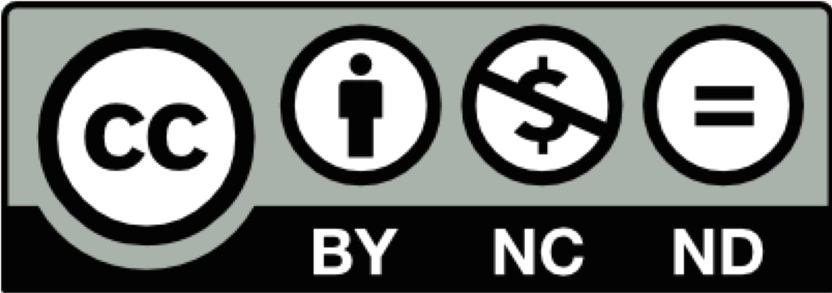In the article, the author elucidates the features of the postmodern approach to asserting the value of peace using the techniques of actionism (performance, happening, art installation, flash mob, etc.). Anti-war actionism is considered as an element of the system of sociopolitical actionism. A set of spectacular forms of non-violent public protest against armed aggression and its consequences are analyzed. The fact that today’s anti-war actionism has gone beyond the narrow artistic environment and entered the broad social dimension is proved. The empirical basis for the conceptualization of anti-war actionism includes two groups of actions: (1) anti-war actions carried out since the 1960s in the United States and Western Europe; 2) anti-war actions carried out in various countries in response to the Russian invasion of Ukraine in 2022. The author argues that anti-war actionism corresponds to its nature and purpose only if those who initiate and conduct actions are participant types of political culture. In other cases, only external form will be borrowed from actionism, but not content (pseudo-actionism). The symbolic language of anti-war actionism, which is based on objects, images related to the nature of war and its consequences, is investigated. The structure of anti-war actionism is determined: 1) professional actions of representatives of the artistic environment, which are elaborated in terms of artistic characteristics; 2) actions of public activists who use avant-garde artistic tools at the amateur level to organize and hold actions. The advantages and disadvantages of anti-war actionism as a technology of peace building are identified. The functions of anti-war actionism are determined.
Almond, G. A., Verba, S. (1963). The Civic Culture: Political Attitudes and Democracy in Five Nations. Princeton: Princeton University Press.
Badura-Triska, E., Klocke, H., Barnick-Braun, K. et al. (2012). Vienna Actionism: Art and Upheaval in 1960s Vienna. Köln-Wien: Walther König.
Boone, G. M., Secci, J., & Gallant, L. M. (2017). Resistance: Active and Creative Political Protest Strategies. American Behavioral Scientist, 62 (3), 353–374. https://doi.org/10.1177/0002764217735623
Debord, G. (2002). The Society of the Spectacle. St. Petersburg: Red and Black Publishers.
Firmin, S.Q., Joyce, J. (Eds.) (2007). Mudman: The Odyssey of Kim Jones. Cambridge: MIT Press.
Gubernat, R., & Rammelt, H. (2017). Recreative activism in Romania: how cultural affiliation and lifestyle yield political engagement. Socio.hu Social Science Review, 5, 143–163. https://doi.org/10.18030/socio.hu.2017en.143
Hinderliter, B. (2014). Citizen Brus Examines His Body: Actionism and Activism in Vienna, 1968. October, 147, 78–94. https://doi.org/10.1162/OCTO_a_00167
Khoma, N., & Kozma, V. (2022). Spectacularization of political activism: Subject matter and social effect. The Greek Review of Social Research, 158, 3-27. https://doi.org/10.12681/grsr.29376
Kidd, J., & Sayner, J. (2018). Unthinking remembrance? Blood Swept Lands and Seas of Red and the significance of centenaries. Cultural Trends, 27(2), 68-82. https://doi.org/10.1080/09548963.2018.1453448
Lamond, I. R., Spracklen, K. (Eds.) (2014). Protests as Events. Politics, Activism and Leisure. New York-London: Rowman & Littlefield Publishers.
Levi-Strauss, С. (1983). The Raw and the Cooked. Chicago: University of Chicago Press.
Mason, S. V. (2005). The San Francisco Mime Troupe Reader. Michigan: University of Michigan Press.
O'Leary, T. (1996). Fat, Felt and Fascism: The Case of Joseph Beuys. Literature & Aesthetics, 6(1), 91-105.
Stachelhaus, H. (1991). Joseph Beuys. New York: Abbeville Press.
Thompson, N. (2005). Becoming Animal: Contemporary Art in the Animal Kingdom. Cambridge: MIT Press.
Tilly, C. (1984). Social movements and national politics. In C. Bright and S. Harding (Eds.), State-Making and Social Movements: Essays in History and Theory (pp. 297-317). Michigan: University of Michigan Press.
Tilly, C. (2006). Regimes and Repertoires. Chicago: University of Chicago Press.
Tisdall, C. (1979). Joseph Beuys. New York: Guggenheim Museum.
Weidemann, С., Larass, P., Klier, M. (2008). 50 Women Artists You Should Know. Munich: Prestel Verlag GmbH & Co KG
